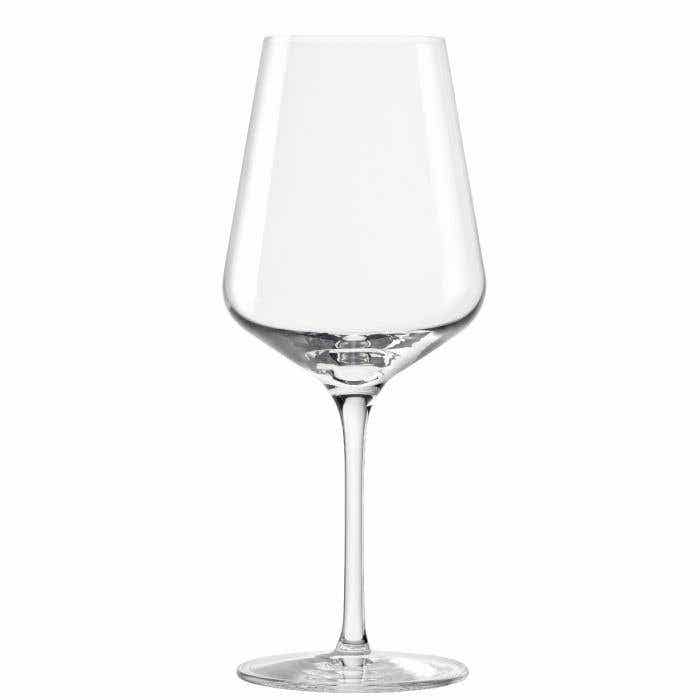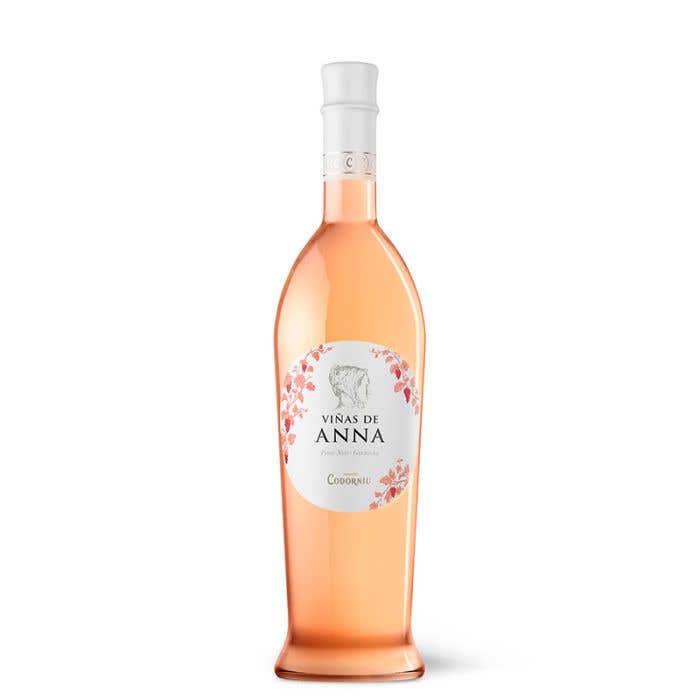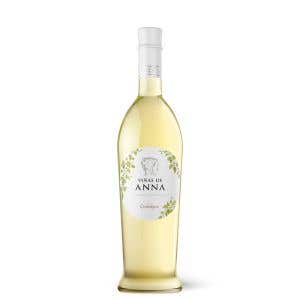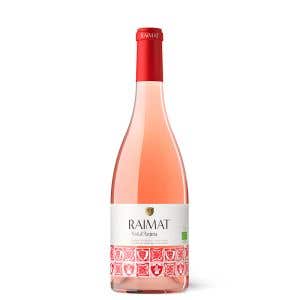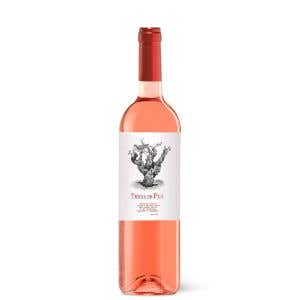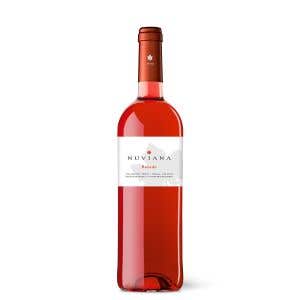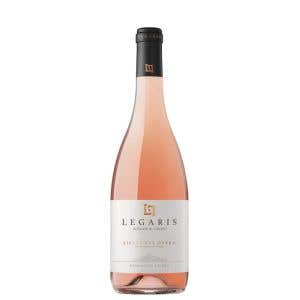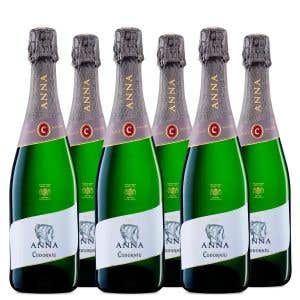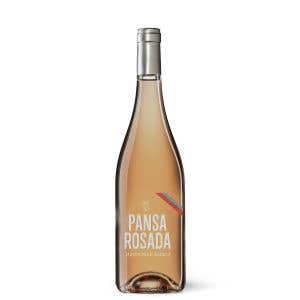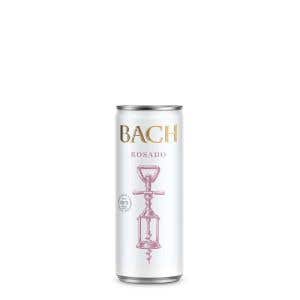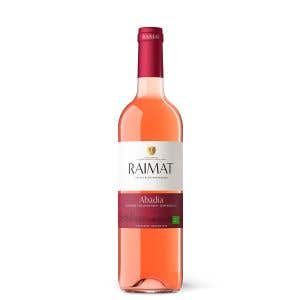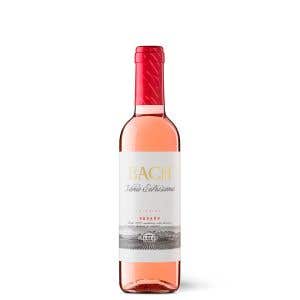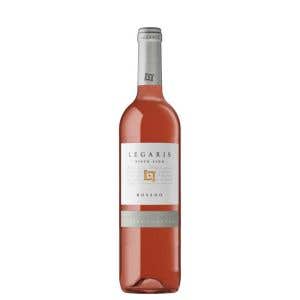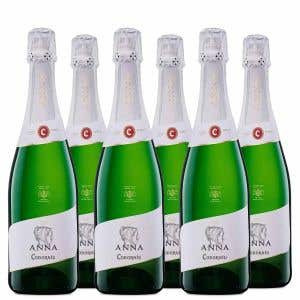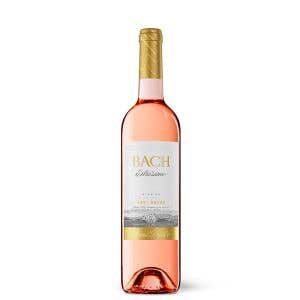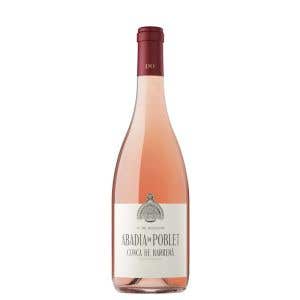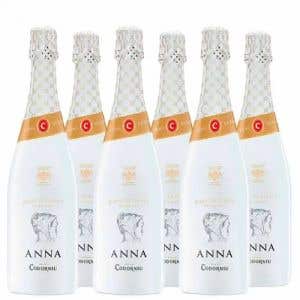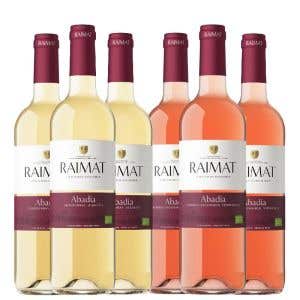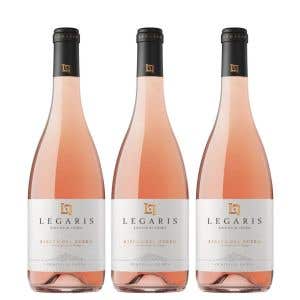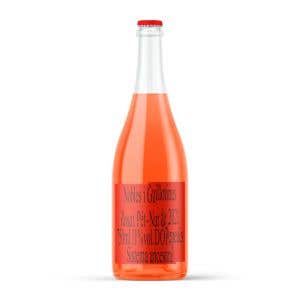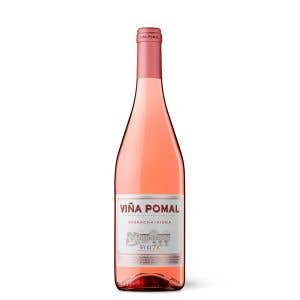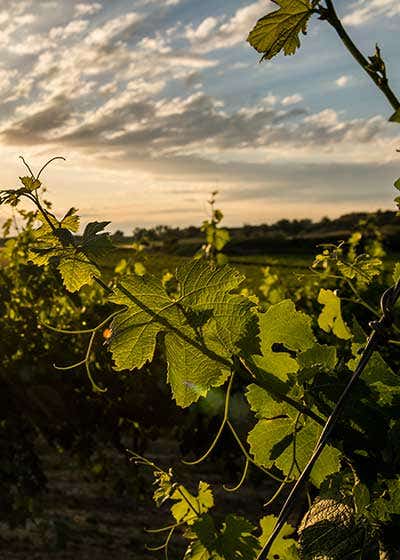

Viñas de Anna Rosé's true essence is expressed through the Pinot Noir grape variety rounded off with a light touch of Grenache. A wine full of freshness and elegance that offers aromas of red fruits such as strawberry, raspberry and cherry.
Awards
View
A pale bright cherry colour.
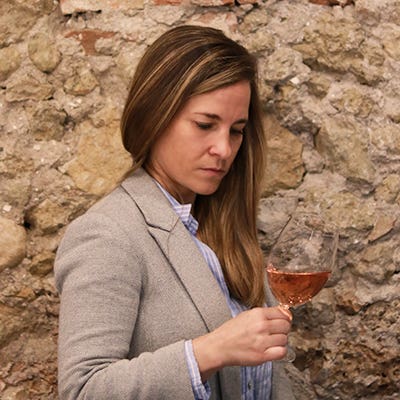

Nose
A great intensity of aromas. The wine unveils different aromas, fresh mild fruit such as cherry and strawberry and floral touches of violet.
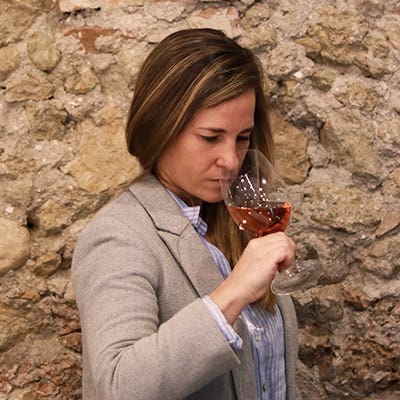

Palate
A good presence of fruity sensations on the palate. Very supple yet expressive nuances. Refreshing acidity and a long elegant finish.
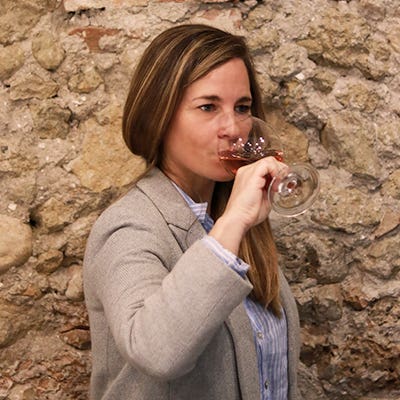

Varieties and Analysis
Yes
Contains sulfites12%
Alcohol volume (%)D.O. Catalunya
Designation of OriginGrenache, Pinot Noir
Variety/CoupageRosé wine
ProductYes
Suitable for vegansThe Winery
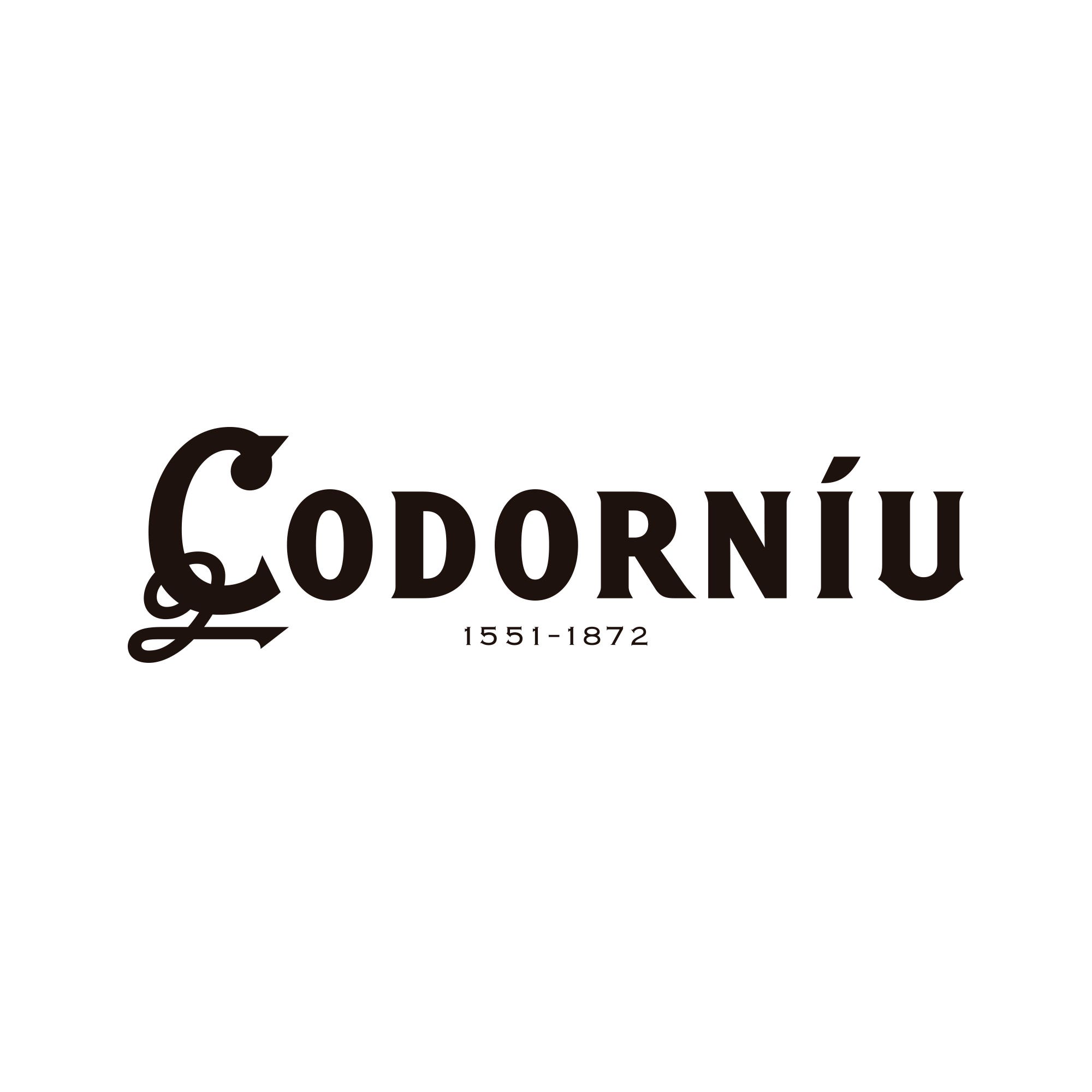

The history of Codorníu is the story of 18 generations of a vine growing family. In 1872, Josep Raventós made the first bottle of cava, applying the traditional method to a blend of the grape varieties of Penedès: Macabeo, Xarel·lo and Parellada. Codorníu reflects the history, tradition, passion and expertise of a family winery with more than 450 years of history, which today continues to maintain its leading position in the production of quality wines and cavas. His cellars in Sant Sadurní d’Anoia were declared a National Historic Artistic Monument in 1976, as one of the key works of Catalan modernism, created by Puig i Cadafalch.
Elaboration - Vinification
Harvesting was done at night and expediently, taking advantage of the lower temperatures in order to preserve the varietal aromas and avoid unwanted oxidations.
Harvesting was done at night and expediently, taking advantage of the lower temperatures in order to preserve the varietal aromas and avoid unwanted oxidations. On entering the winery the grapes were immediately pressed and then left to clarify naturally for 24-48 hours at low temperatures. The winemaker decides, depending on the desired colour, what percentage of the free run juice will be allocated to this wine, which is more fragile and delicate but at the same time more elegant, fresh and aromatic.
Once the must was clear it was poured into a stainless steel tank with a cooling systemand underwent fermentation at a regulated temperature of 16-18°C. After alcoholic fermentation the wines were conserved in tanks to avoid oxidation, until bottling.


Vineyard - Viticulture
The water that fell from autumn onwards nourished the vines and the plants recovered from the drought that they had been suffering.
The water that fell from autumn onwards nourished the vines and the plants recovered from the drought that they had been suffering. A few weeks of heat during harvest allowed the black grape varieties to be harvested in a healthy condition.

